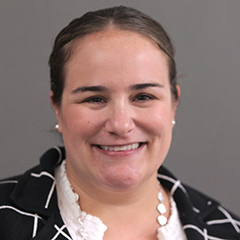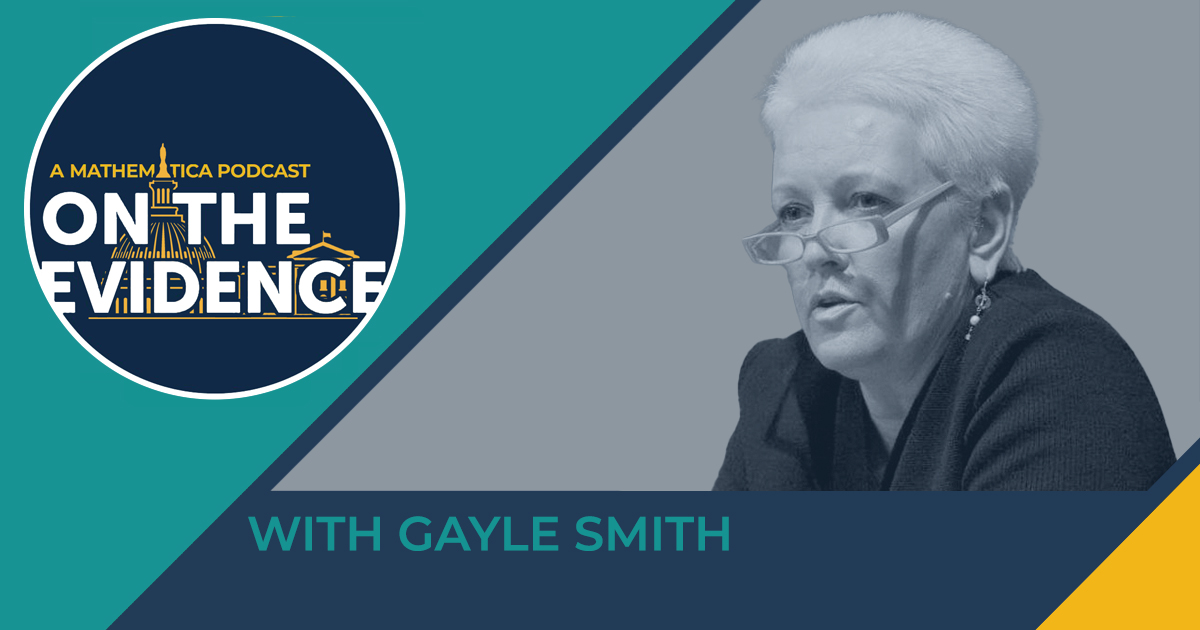Nursing homes have been disproportionally affected by COVID-19 nationwide, with more than 40 percent of COVID deaths linked to nursing homes. Connecticut has been no exception; in the first five months of the year, Connecticut’s nursing homes saw more than 8,500 cases, with 2,500 lives lost as a result, representing more than 60 percent of all COVID deaths in the state. But Connecticut is far from alone in experiencing this impact. In neighboring Massachusetts, the Holyoke Soldiers’ Home, a state-run nursing home for veterans, made national headlines when 60 percent of its population of 247 residents tested positive for COVID-19 and more than 76 died in the early months of the disease.
Effectively addressing the specific challenges of COVID-19 within nursing homes requires coordination across all levels of government, and with more than 1.5 million nursing home residents nationwide, local, state, and federal policymakers are rightfully grappling with how to protect their most vulnerable citizens and working to identify lessons learned since the onset of the disease.
That’s because nursing homes belong to the category of long-term services and supports, which provides children, adults, and seniors with care because of disabling conditions and chronic illnesses. Nationally, Medicaid spends more than $160 billion a year for long-term services and supports overall, with about $50 billion spent on nursing homes. Although state Medicaid agencies oversee these programs locally, the Centers for Medicare & Medicaid Services (CMS) sets national standards.
In response to the heavy toll of COVID-19 in long-term care facilities in Connecticut, Governor Ned Lamont ordered an independent review of the preparation and response to the COVID-19 pandemic at the state level and inside Connecticut’s nursing homes and assisted-living facilities. Mathematica is honored to have been selected to conduct this important independent review. We understand the state’s urgency to get answers that are both practical and action-oriented. Over the next three months, we’ll examine the state and long-term care industry’s preparedness before the pandemic hit and their response to the pandemic thus far, and we’ll provide recommendations for mitigating a potential second wave of COVID-19 and for developing a preparedness strategy for longer-term public health emergencies.
We’re committed to helping Connecticut uncover why its long-term care facilities were especially hard-hit by the pandemic. But we also know that there’s a lot that states can learn from each other if they systematically take the following steps:
- Identify the policies and procedures related to infectious disease preparedness that were in place before the outbreak, as well as those used during the outbreak
- Determine what data is being collected and how it is being used
- Review the channels for communicating procedures and data to determine whether the right stakeholders were informed and whether the information was acted upon
- Review the impacts on nursing homes in neighboring states to help determine whether any differences in impact were caused by state-specific policies
- Identify potential best practices used in other states and jurisdictions
Although it’s necessary to look back and learn lessons about what could be improved, it’s also important for local, state, and federal policymakers, as well as long-term care providers, to consider implementing emerging practices in near real time as we learn more about how this particular virus spreads. Some long-term care facilities are taking the following steps:
- Eliminating visitation in long-term care facilities and implementing a phased reopening of the facility to visitors
- Separating residents by COVID status and making physical changes to the environment to prevent spread
- Closely monitoring all personnel who enter the facility through regular temperature checks and wellness screenings
- Providing retention bonuses to staff or enhanced hourly wages to reduce the need for staff to hold jobs in multiple facilities
- Implementing a robust testing strategy for all staff on at least a weekly basis
- Partnering with local health systems or acute care hospitals for staff extension, increased testing capacity, and personal protective equipment (PPE) procurement and distribution
- Ensuring the facility has all necessary PPE and that staff are trained on the appropriate use of this equipment
- Implementing contact-tracing measures for staff and any other individuals who enter the facility
Connecticut isn’t alone in taking a hard look at what happened in the wake of the early months of the pandemic. Other states have committed to conducting similar reviews, and nursing homes are also identifying what works to slow or stop the spread of COVID in their facilities. At the federal level, the Centers for Disease Control and Prevention (CDC) published guidance for nursing homes to prepare for COVID. The CDC regularly updates this guidance as new information emerges. CMS also began requiring nursing homes to submit weekly data on cases, as well as on capacity and equipment availability.
As we all continue to learn more about the best way to protect some of the most vulnerable individuals in our society, it’s critical that decision makers at all levels have access to the best available data and evidence in as near real time as possible. Mathematica has a decades-long track record of helping clients bring data to discussions, and we’re looking forward to helping Connecticut identify critical next steps to better prepare for a healthier future for its nursing home residents.






